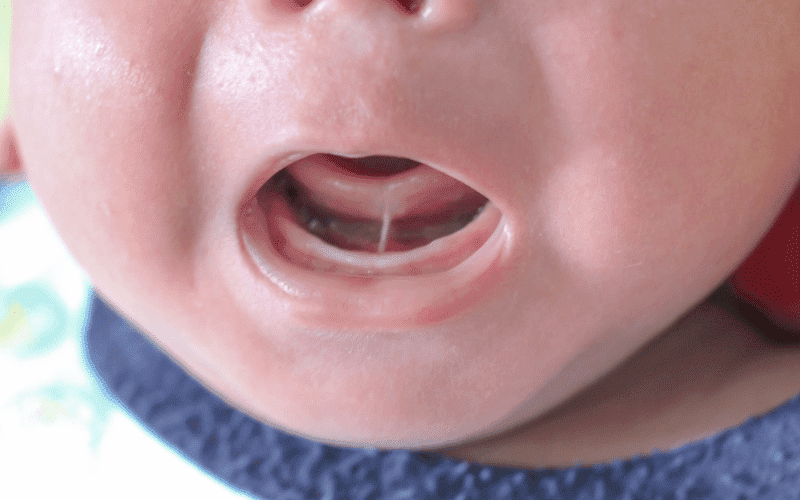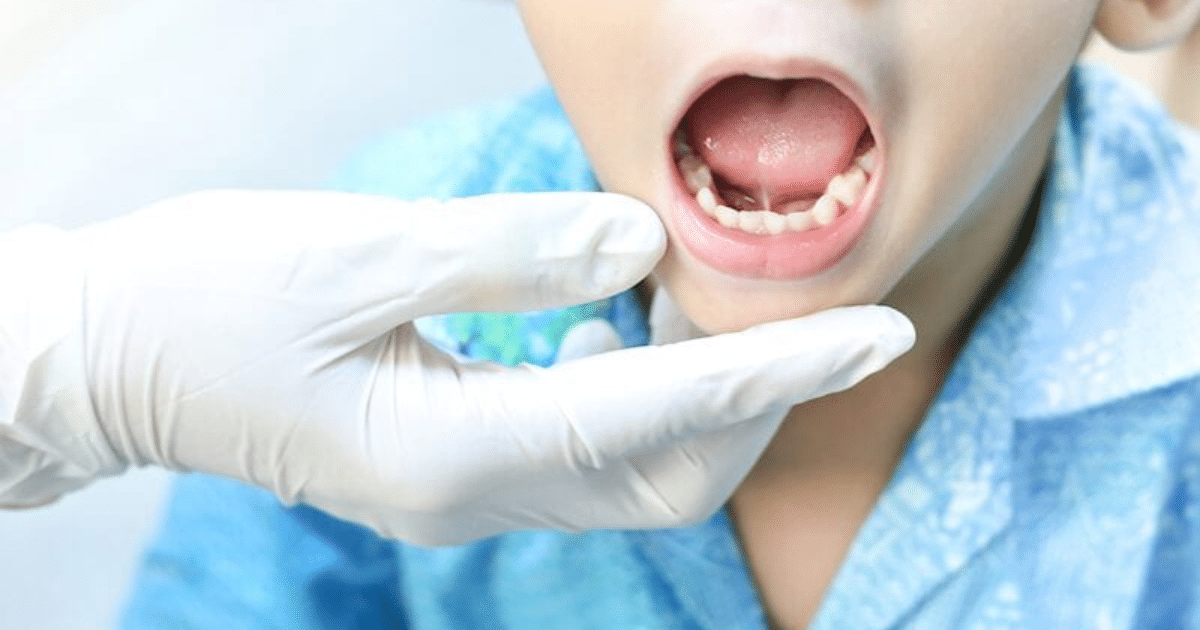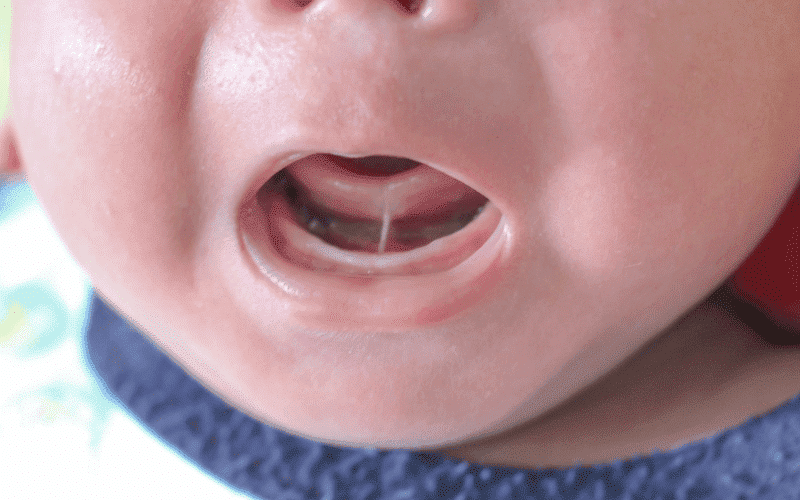Integrating Bodywork and Therapy with Frenectomy Recovery

Unlock the secrets of holistic recovery as we delve into the intricacies of frenectomy. This insightful exploration unveils the symbiotic relationship between bodywork and therapy, offering a comprehensive approach to recovery from frenectomy in Allen, TX. From addressing speech impediments to nurturing infants with grace, join us as we navigate the multifaceted dimensions of recovery, ensuring physical healing and emotional well-being. Get ready to embrace a holistic path beyond correction, fostering empowerment and lasting transformation in children.
Understanding The Significance of Frenectomy
Frenectomy, a procedure often overlooked, plays a pivotal role in resolving issues stemming from tongue-ties, upper lip-ties, and related challenges. This minimally invasive surgical intervention involves the release of tight or shortened oral tissues, fostering improved oral function and overall well-being. Whether addressing speech impediments, nursing difficulties in infants, or enhancing oral functionality, the significance of frenectomy lies in its ability to eliminate restrictions that may hinder natural movement. By understanding frenectomy’s role in alleviating physical constraints, we can fully appreciate how integrating bodywork and therapy contributes to a comprehensive healing journey post-frenectomy in Allen, TX.
Tongue-Ties and Speech Problems
Treating tongue-ties and related speech difficulties is an important part of the frenectomy recuperation process. There is a complex relationship between limited oral tissues and speech challenges, and the key to better speech outcomes following frenectomy is a thorough therapy strategy. Comprehending this association’s subtleties enables individuals and caregivers to maneuver the recuperation procedure with knowledgeable viewpoints.
Tongue-ties, or ankyloglossia, are congenital conditions where the thin piece of skin beneath the tongue (lingual frenulum) restricts the normal movement of the tongue. This restriction can lead to various challenges, particularly in articulating certain sounds and words. As part of frenectomy recovery, targeted therapy sessions can be pivotal in retraining the tongue’s movements and strengthening the associated muscles.
Infants with Nursing Problems
A holistic and integrative approach is indispensable for infants grappling with nursing challenges due to tongue-ties. The breastfeeding journey for both the infant and the mother can be profoundly affected by a restrictive lingual frenulum. While frenectomy addresses the anatomical issue, incorporating bodywork and therapy into the recovery plan becomes instrumental in supporting optimal breastfeeding experiences.
Bodywork techniques, such as gentle massage and myofascial release, can aid in alleviating tension and discomfort associated with frenectomy. Additionally, therapy sessions designed for infants and mothers contribute to creating a nurturing environment, fostering physical recovery and emotional well-being during this crucial phase.
Upper Lip-Tie
Upper lip-tie, a condition where the upper lip’s movement is restricted due to an unusually tight upper labial frenulum, poses unique challenges. Beyond the physical implications, the impact on facial aesthetics and oral function requires thoughtful consideration in the recovery process. Integrating bodywork and therapy into the post-frenectomy plan becomes a strategic element in optimizing upper lip-tie correction outcomes.
Understanding the signs and symptoms of upper lip-tie is crucial for both individuals and healthcare providers. From difficulties in achieving a proper latch during breastfeeding to potential impacts on dental development, a comprehensive awareness of these aspects informs the tailored therapy sessions that follow frenectomy procedures.
Tongue-Tie
Navigating the complexities of tongue-tie correction and its aftermath involves addressing recovery’s physical, emotional, and psychological dimensions. The impact of tongue-tie extends beyond infancy, affecting speech, oral function, and even self-esteem in later years. In the holistic recovery journey post-frenectomy, the integration of bodywork and therapy serves as a supportive framework for comprehensive healing.
Bodywork techniques encompass a spectrum of approaches, including craniosacral therapy, myofascial release, and orofacial myology exercises. These modalities contribute to optimizing the functional aspects of tongue-tie correction while fostering a positive mindset during recovery. Recognizing the interplay between physical and emotional well-being is essential for individuals undergoing frenectomy procedures, ensuring a holistic and personalized recovery experience.
Integrating Bodywork and Therapy for Frenectomy Recovery
Zooming in on the symbiotic relationship between bodywork and therapy in the context of frenectomy recovery unveils a multifaceted approach to healing. From gentle exercises that enhance flexibility to targeted interventions addressing specific concerns, integrating these modalities becomes a cornerstone for a well-rounded recovery plan.
Bodywork, such as myofascial release and manual therapy, aids in reducing post-frenectomy discomfort, promoting blood circulation, and optimizing tissue healing. Concurrently, therapy sessions from an Allen dentist delve into the emotional and psychological aspects of recovery, addressing any anxieties or concerns associated with the frenectomy procedure. This comprehensive approach accelerates physical healing and contributes to a positive and empowered mindset during the recovery journey.
Embracing Holistic Practices
Elevating the understanding of frenectomy recovery involves incorporating a spectrum of holistic practices into the recovery plan. From mindfulness techniques that focus on breathing exercises to gentle massage methods that alleviate tension, these complementary therapies contribute to an enhanced post-frenectomy experience.
Mindful breathing exercises, for instance, assist in relaxation and promote optimal oxygenation, supporting tissue healing after frenectomy. Holistic practices extend beyond the immediate recovery, becoming valuable tools for ongoing well-being and oral health. By embracing these practices, individuals can actively participate in their recovery journey, fostering a sense of agency and empowerment.
Through the vast terrain of post-frenectomy recuperation, the combination of bodywork and therapy becomes apparent as a comprehensive guide. This method addresses nursing problems, upper lip ties, tongue ties, and general oral health, in addition to correcting physical limitations. Taking a holistic approach to healing unlocks a harmonious balance for improved results after frenectomy by fusing traditional techniques with a therapeutic touch. When negotiating the many levels of post-frenectomy recuperation, the combination of bodywork and therapy becomes not only an element but the core of a life-changing therapeutic process.
Visiting a pediatric dental practitioner can help correct unwanted tissues and elevate oral wellness in kids. Ensure a healthy mouth for your child by consulting your nearest dentist in Allen, TX, for a safe, effective frenectomy.
Also Read: Frenectomy Facts: Boosting Your Kid’s Speech and Oral Health


